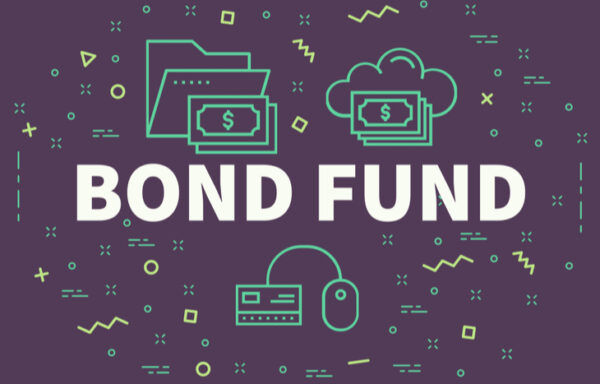Why Beauty Is in the Eye of the Bondholder
It’s time we talked about the “B” word…
These investment vehicles have a stodgy reputation.
But day trading detractors can laugh all they want…
In the meantime, corporate bondholders can collect legally guaranteed yields that often beat out blue chip stocks.
Consider this… Chief Income Strategist Marc Lichtenfeld has never lost money on a bond.
He has also never recommended a bond that has lost money.
So bonds may not get the glory – but they almost always win.
That’s why they’re a critical part of any income investor’s portfolio.
And in this week’s episode of the trailblazing YouTube series State of the Market, Marc shows you exactly how to add these steady coasters to your retirement plan.
A Bond That Cannot Be Broken
The reason bonds – specifically corporate bonds – have such a high win ratio is because they don’t function the same way that stocks do.
When you buy a stock, you become part owner in a company, taking on its successes and its failures…
But when you buy a corporate bond, Marc likes to say that you are more of a “backer.”
All publicly traded companies carry debt to expand their businesses, and, as a bondholder, you make a loan to repay that debt.
If the company’s stock price goes down, no problem…
As long as the company doesn’t go completely bankrupt, your principal will be returned to you.
Moreover, if you buy in below par, your bonds have the ability to appreciate in price (generate capital gains) – in addition to paying you interest along the way.
Which means, in addition to providing additional security, bonds produce profits two different ways.
Here’s how…
How to Use Bonds to Your Advantage
All bonds are issued in increments of $1,000, called “par.”
(That $1,000 is called “$100” in “bond speak.”) You receive your $1,000 back no matter what happens to the price of the bond.
That means you can buy a bond at a premium – for example, $1,020 – but you will still receive $1,000 at the bond’s end date, called its maturity.
You can also buy a bond at a discount…
And because you will still receive $1,000 at maturity, you will profit the difference between your purchase price and par (your capital gains) plus all of the interest that you earned in the meantime.
And just like with a consistent dividend payer, those interest payments add up…
(Click here to watch Marc’s latest video and see just how much.)
Granted, this assumes that you are willing to hold each bond to maturity – which is Marc’s recommendation for all bond purchases.
Nonetheless, sometimes there are special circumstances.
So to give yourself the best chance to profit, stick to bonds that are below par, at par or at a slight premium – and do your research to ensure the companies are strong.
To get started, watch Marc’s latest video now.






